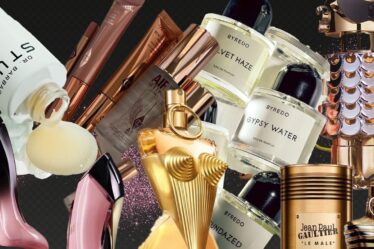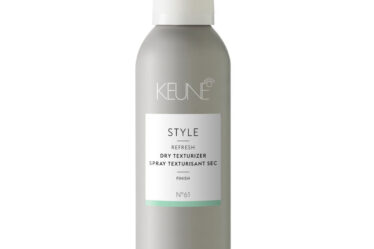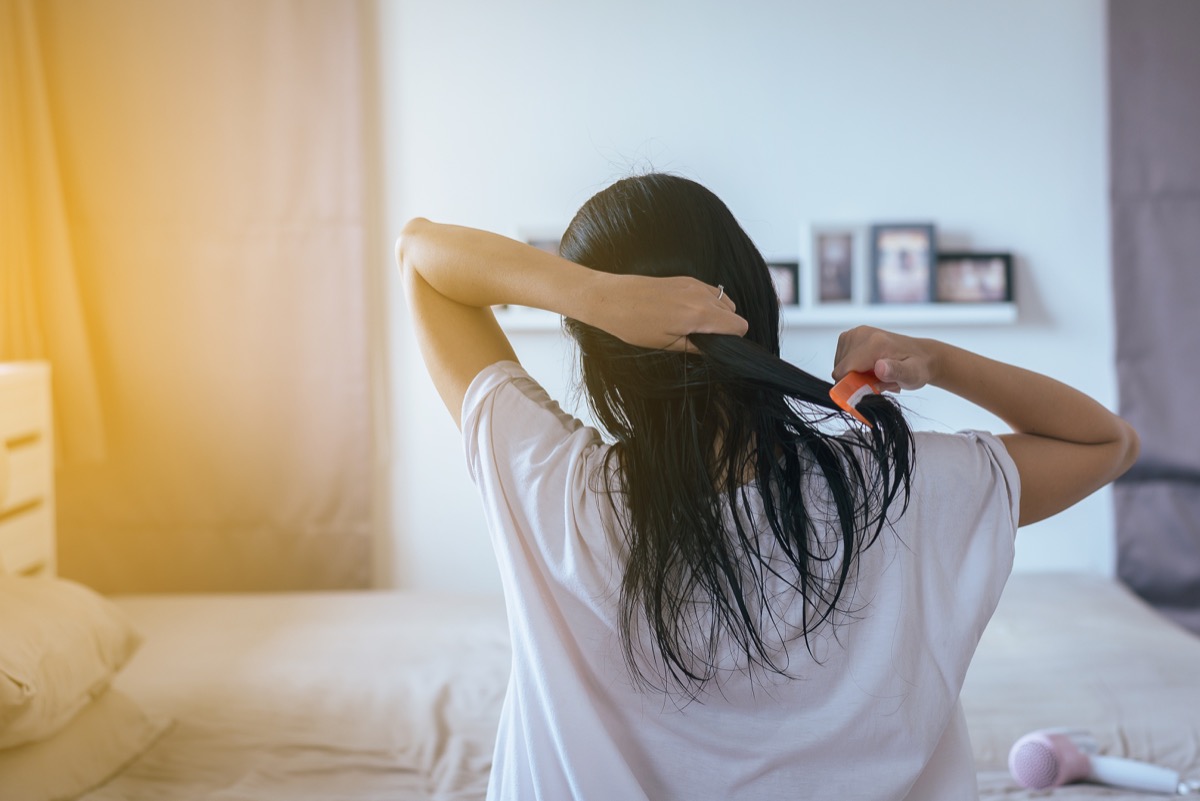
Experimenting with your hair using new styles or products can be a fun way to express yourself and try on fresh looks. Yet experts say that some common hair habits could be putting undue stress on your tresses, leading to avoidable damage, breakage, and scalp irritation. In fact, Neera Nathan, MD, a Harvard-trained dermatologist and dermatologic surgeon, says there are six specific things that she would never do to her hair, given the medical knowledge she has. Read on to learn what she avoids for a healthier scalp and more beautiful mane after having struggled with hair loss herself.
RELATED: The 5 Best Haircuts for Fine Hair, Stylists Say.

It’s easy to harm your hair with a blow dryer if you keep it set to the wrong temperature. However, Nathan notes that air drying your hair can also cause a surprising amount of hair damage.
“Air drying your hair can actually cause the hair shaft to swell, which may make it more prone to breakage,” she explains in a recent TikTok post. She adds that air drying your hair can hurt the cell membrane complex of the hair shaft and that people with more textured hair may be most susceptible to the problem.
The safest way to dry your hair, she says, is to blow dry it on the lowest setting, holding the dryer six inches away from your hair.


Next, Nathan says she’s nixed tight hairstyles after dealing personally with hair loss.
“If you’re pulling your hair back and it’s hurting, this is a sign of damage to the hair follicle. There’s something called traction alopecia on the hairline, and it can lead to permanent, irreversible hair loss,” she says.
She adds that if you typically wear your hair in protective hairstyles, it may be better to style them more loosely and change your style every two to three weeks. Alternating style types may help reduce pain and breakage.
RELATED: 7 Benefits of Letting Your Hair Go Gray, According to Stylists.
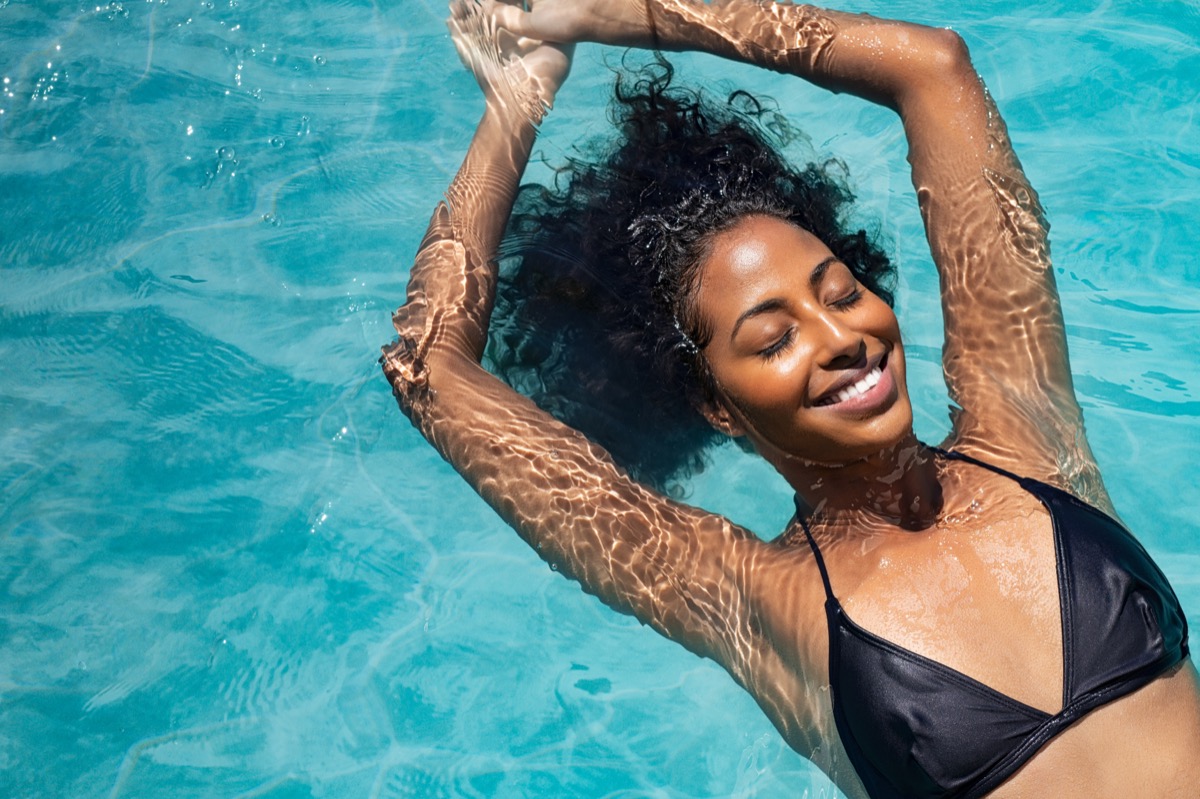

The dermatologist says the next hair-harming habit she avoids is going swimming in chlorinated pools without a swim cap.
“Chlorine is meant to disinfect, which can really strip our hair of moisture,” she says.
Nathan adds that if you get your hair wet in a chlorinated pool, you should wash your hair immediately after with shampoo and conditioner. She also notes that you can “try oiling your hair with coconut oil prior to swimming to help protect it.”
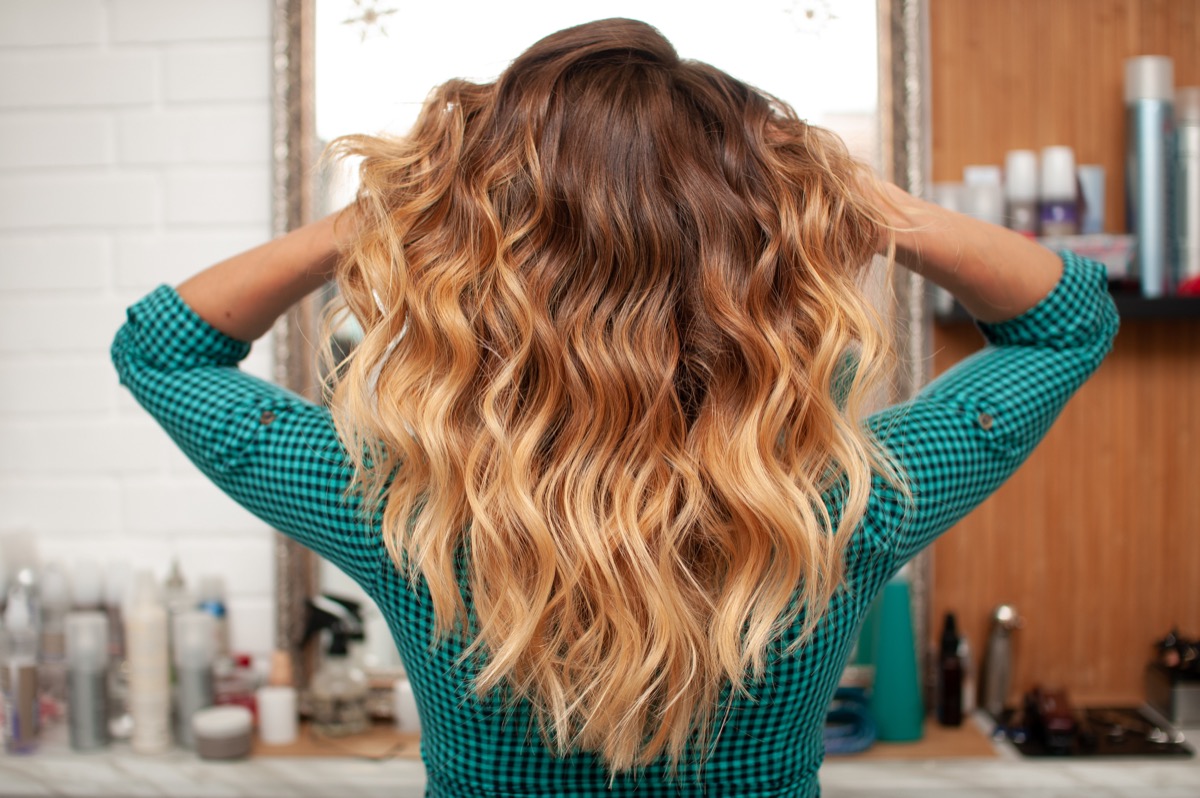

Every once in a while, hair training—intentionally not washing one’s hair to produce a natural sebum “conditioner”—comes back into the spotlight. However, Nathan says she would never try this trend.
“Going longer than a week without washing your hair might be fine for your hair strands, but it’s horrible for your scalp,” she says in a second video post. “That product buildup with dead skin cells and oil can lead to inflammation, hair thinning, or hair loss.”
Instead, she suggests limiting your shampoo application to the roots of your hair, which she says will cleanse the scalp while retaining moisture on your hair strands.
RELATED: I’m a Hair Stylist and These Are the Products I Would Never Use in Cold Weather.


Going au natural in your hair care ingredients can yield great results, but Nathan says that she would never put olive oil on her scalp, as it “creates a breeding ground for yeast, which causes dandruff, which can affect healthy hair growth.”
Instead, she suggests trying tea tree oil, rosemary oil, or coconut oil if you like to oil your hair.
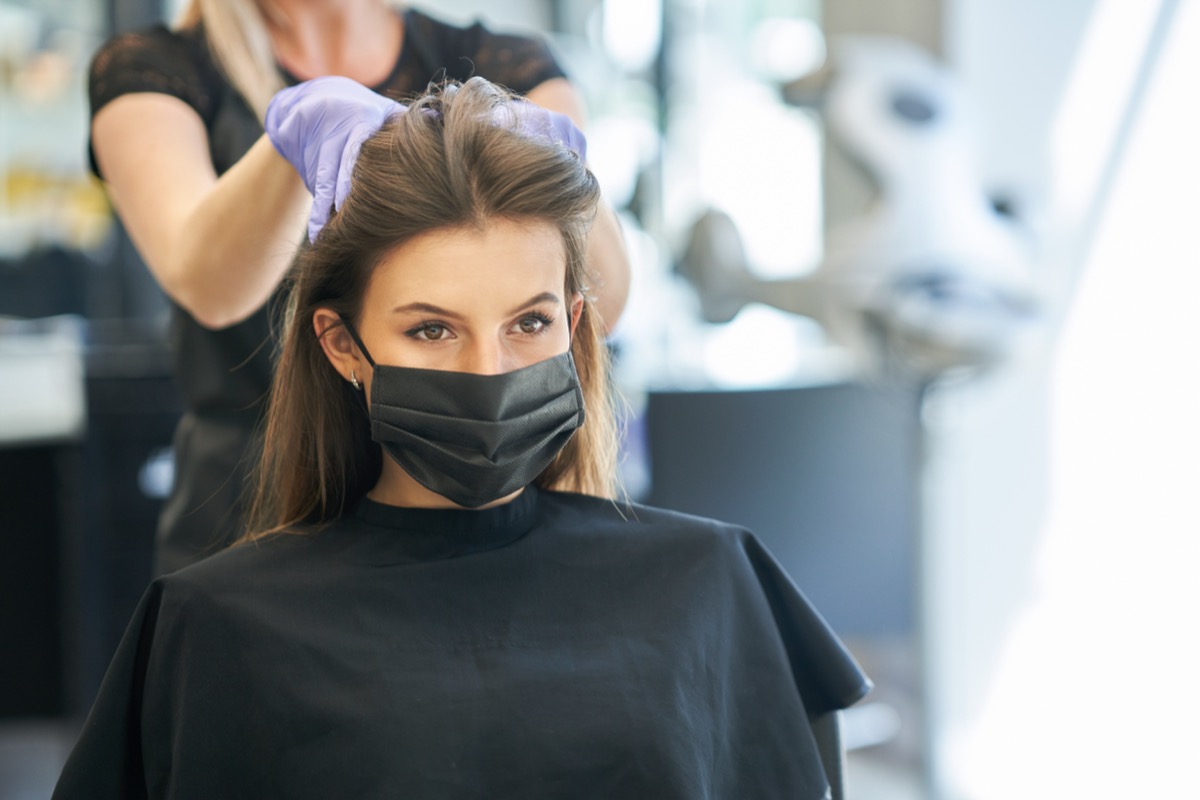

Finally, Nathan says that she categorically avoids getting Brazilian blowouts, which many people use to make their wavy or curly hair appear naturally straight.
“Not only can those contain formaldehyde—a known carcinogen—it can damage the hair follicles and lead to scarring, which can cause permanent hair loss,” she explains.
In fact, experts warn that keratin treatments labeled as “formaldehyde-free” can still contain methylene glycol, a solution that turns into formaldehyde gas upon contact with air. Many scientists have called for a ban on such products, which have been linked with myeloid leukemia and rare cancers of the nose and pharynx, The New York Times reports.
For more hair advice sent directly to your inbox, sign up for our daily newsletter.


